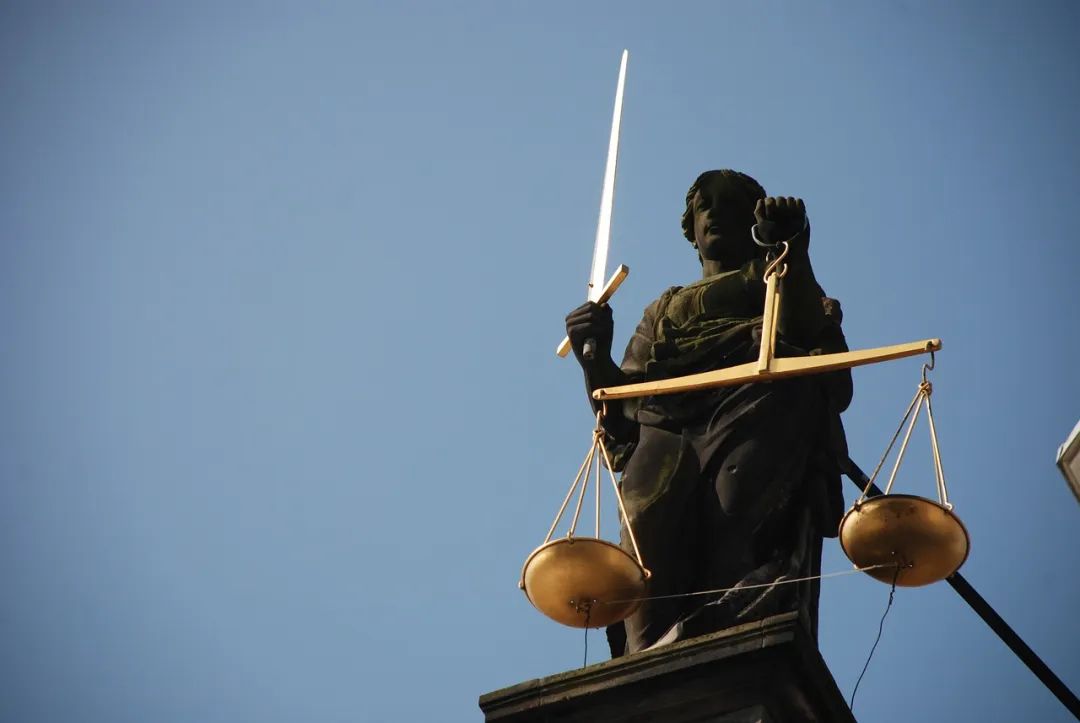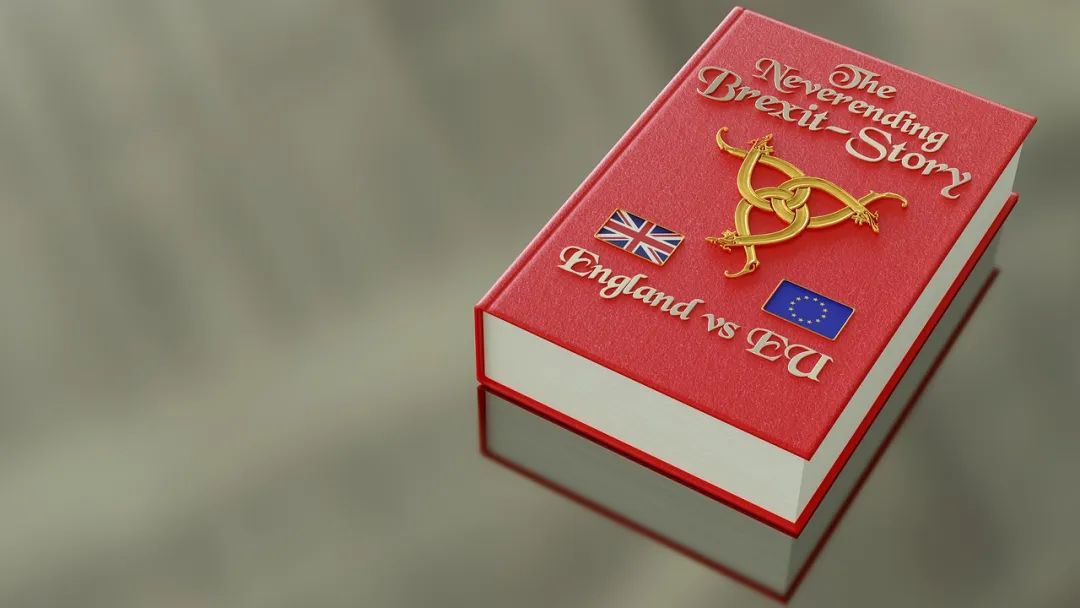
The procedure of the unitary patent system prior to the notice of grant is fully consistent with the existing European patent examination system. Applicants do not need to distinguish between unitary and non-unitary patents before a European patent is granted. After the notice of grant of a European patent is granted, the applicant is required to submit a request for the application of a single effect within a period of one month and to submit a translation of the text authorized for publication. If the text of the grant notice is in German or French, the document applying for a single patent must include an English translation of the grant patent; If the text of the grant notice is in English, the patent for the grant notice must be translated into one of the official languages of the European Union.
At this point, there are a few things to note about text translation:
Text translation is mandatory only for a transitional period of 6 years (which can be extended up to 12 years) after the entry into force of the system, after which no translated text will be required.
Patents are not required to be translated into the official language of the country participating in the unitary patent system, but only into any official language of the European Union. For example, even if Spain is not a member of the unitary patent system, but Spanish is one of the official languages of the European Union, an applicant may provide a translated text in Spanish to request the application of the unitary effect.
In order to reduce the additional cost of translation, it is recommended to consider the following factors when choosing a translation language:
3.1 If the patent also needs to be effective in a country of the European Union that has not joined the unitary patent system, the patent can be translated into the language of that country, which has the advantage of satisfying the requirements of the unitary patent and at the same time providing a translated text for the entry into force of the European patent in that country. For example, if a European patent needs to be valid in Spain in the traditional way, it can be translated into Spanish, using the translated text can meet the requirements of a single patent and can be valid in Spain, thus saving money.
3.2 If a European patent application claims the priority of a patent application in an EU country (or there is a patent application in the same family), the text of the priority patent application can be used as a translation (only to adjust for changes made during the European patent application). For example, if a European patent application claims priority over a Spanish patent application, the Spanish text of that Spanish patent application can be used as a basis for translation, which minimizes costs.
3.3 If, at the time of the application of the single effect, it is foreseeable that there may be litigation in a particular EU country for infringement of the patent right (if it has been found that a competitor may have infringed the patent in that country), it may be translated into the language of that country for use in possible future litigation.

The European single patent has many advantages, especially in terms of maintenance costs, but it also has disadvantages that may not seem obvious at first glance, but which can be decisive from the point of view of strategic patent portfolio management.

It is important to note that in addition to unitary patents, the Unitary Patent Court also has jurisdiction over traditional European patents (as well as SPCs) from countries participating in the unitary patent system. However, during the transition period, there are important differences in the choice of jurisdiction between the unitary patent and the traditional European patent.
Although a European patent for which registration of a single effect has been requested is subject only to the jurisdiction of the UNitary Patent Court, the patentee may decide to leave the jurisdiction of the patent with the Unitary Patent Court or with the appropriate national court for a patent that has been effected by the traditional means in a participating State of the system. By default, the UNitary Patent Court has jurisdiction, but if a patentee wishes to have jurisdiction exercised by a national court, he can Opt out of the UNitary Patent Court's jurisdiction, known as "opt-out."
Requests to Opt out of opt-out can only be made one month before the end of the Sunrise period. The transition period will be seven years from the date of entry into force of the new system, and participating countries can decide whether to extend it on a case-by-case basis, but can extend it for a maximum of seven more years. At the end of the transition period, the patentee will no longer be able to opt out, and both the single patent and the unwithdrawn traditional patent will be subject to the jurisdiction of the Unitary Patent Court.

这具有重要的意义,因为无论出于何种原因,申请人可能希望其专利仍归属国家法院管辖。当然,这种可能性只存在于以传统的方式进行欧洲专利生效的国家专利。如上所述,单一专利在任何情况下始终只受统一专利法院管辖。值得注意的是,“选择退出Opt-out”的请求在任何时候都是可撤销的,若专利权人在某个时刻改变主意决定选择统一专利法院的管辖权,那么他可以灵活地选择加入,即“Opt-in”。
因此,如果申请人希望他的专利继续受到国家法院的管辖,那么他必须在他的保护策略中选择传统的欧洲专利生效路线,并尽快提出“选择退出Opt-out”的请求。如果不这样做,一旦第三方向统一专利法院提起诉讼,那么统一专利法院将是管辖法院。
简而言之,尽管单一专利具有很多优点,尤其是在年费成本方面,但它也存在缺点,乍一看可能并不明显,但从战略专利组合管理的角度来看,这些缺点将是决定性的因素。

First, we have learned that if the applicant only wants to protect his invention in 1-4 participating countries, then filing a single patent is not the most economical option. In addition, in order to obtain patent protection in countries that do not participate in the unitary patent system, the applicant must apply for validation in those countries through the traditional route and pay an annual fee. It is worth emphasizing again that among the countries that do not participate in the unitary patent system are important European markets such as Spain, Poland and the UK, which has left the EU.
In addition, in contrast to the flexibility that the traditional European patent still has, the unitary patent will be firmly tied to the jurisdiction of the Unitary Patent Court. For all stakeholders of the patent system, the practice of a unified Patent Court making uniform decisions for all countries is attractive and desirable because of its harmonization and legal certainty. In the case of strategic portfolio management, however, it may be wiser in some cases to retain the jurisdiction of national courts. If multiple individual national patents are of strategic importance to the business, it is sensible to reduce the risk of all patents being revoked because competitors Sue, and the simple way to make it harder to Sue is to force competitors to Sue only on a country-by-country basis.
On the other hand, it is also important to consider that the decisions of the UNitary Patent Court can be unpredictable at first. Since the judges who make up the Central Main Court and the local/regional Chambers have very different legal backgrounds, it is difficult to foresee which criteria will be applied to their decisions. It is foreseeable that

The single patent and Unitary Patent Court are the most important changes in the European patent system since the creation of the European Patent Convention, which means that the process of EU unification has taken an important step forward, which can enhance competitiveness and internal trade, and will certainly benefit the development of the European economy.
However, this does not deter European patent holders from reviewing their patent portfolios and IP strategies and making decisions aimed at maximizing their protection while minimizing risk. In making the decision, they first decide, based on business needs, in which cases to request the application of a single effect or to continue to use a traditional European patent. Second, they must develop an "Opt-out" strategy for deciding which patents are worthy of the jurisdiction of national courts and which are worthy of the jurisdiction of the UNitary Patent Court.
Clearly, the implementation of the new unitary patent system will represent an important change that will allow users of the European patent system to redefine their intellectual property strategy. The unitary patent system has many advantages, but there are also disadvantages. We should evaluate these advantages and disadvantages correctly and fully understand the intellectual property rights to make the right choice.